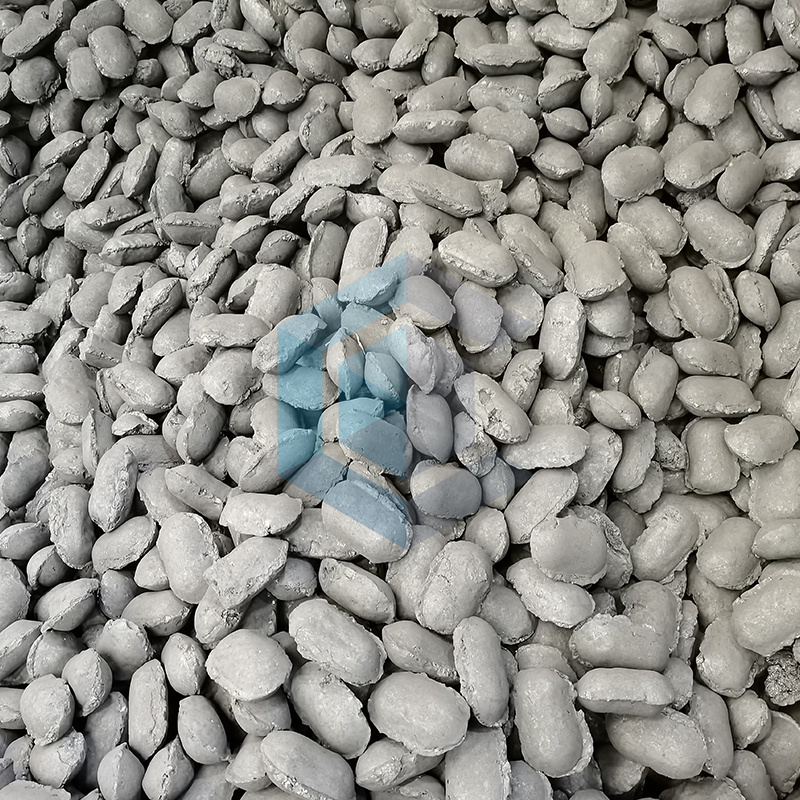The Impact of Electrode Paste Sintering Process Control on Electrode Paste Shedding
Electrode paste shedding is a common and serious problem in submerged arc furnaces (such as those producing ferroalloys, calcium carbide, and industrial silicon). It can lead to shortened electrode working ends, uneven current distribution, unstable furnace conditions, and even forced furnace shutdowns for maintenance, impacting production and economic efficiency.

The causes of electrode paste collapsing are complex and often result from a combination of factors, but can be summarized as follows:
Electrode paste quality issues
Improper electrode sintering process control
Furnace operation and management issues
Mechanical and physical effects
This article focuses on potential improper control of the electrode sintering process and the resulting impact on electrode paste shedding.
Improper sintering temperature; three possible scenarios could occur:
Insufficient sintering temperature (underfiring): This is one of the most common causes. Incomplete coking of the electrode paste results in insufficient bonding and poor electrode strength, making it prone to flaking when subjected to thermal shock and mechanical forces.
Excessive sintering temperature (overheating): This causes excessive electrode shrinkage, resulting in numerous radial cracks, which also reduces strength and can lead to transverse fracture or chipping.
Improper sintering temperature gradient: The temperature transition from the top to the bottom of the electrode should be smooth. If the gradient is too steep, differential shrinkage stresses will occur in different areas, leading to internal cracks.
Mismatch between sintering speed and electrode lowering speed: If the electrode is lowered too quickly, the paste-like electrode enters the high-temperature zone prematurely, rapidly forming a crust on the surface while the interior remains liquid or semi-liquid. The volatiles within the electrode rapidly vaporize due to the heat, increasing pressure and potentially rupturing the already sintered shell, resulting in severe explosive chipping (commonly known as a precursor to "soft breakage")
In short, to prevent electrode paste shedding, from the perspective of sintering process control, it is necessary to establish and strictly implement the optimal electrode sintering system (including control of copper tile cooling water temperature and clamping force) according to the furnace type, load, and electrode paste characteristics. This involves maintaining a stable load, avoiding large current fluctuations, controlling the appropriate electrode working end length and lowering rate, and effectively preventing and reducing the phenomenon of electrode paste shedding.
PREVIOUS:What is electrode paste shedding
NEXT:There is no more content!


 Phone:+86 19937179450
Phone:+86 19937179450
 Whatsapp:+86 19937179450
Whatsapp:+86 19937179450
 Email:
Email: Add:Zhengdong New District,Zhengzhou City,China.
Add:Zhengdong New District,Zhengzhou City,China.